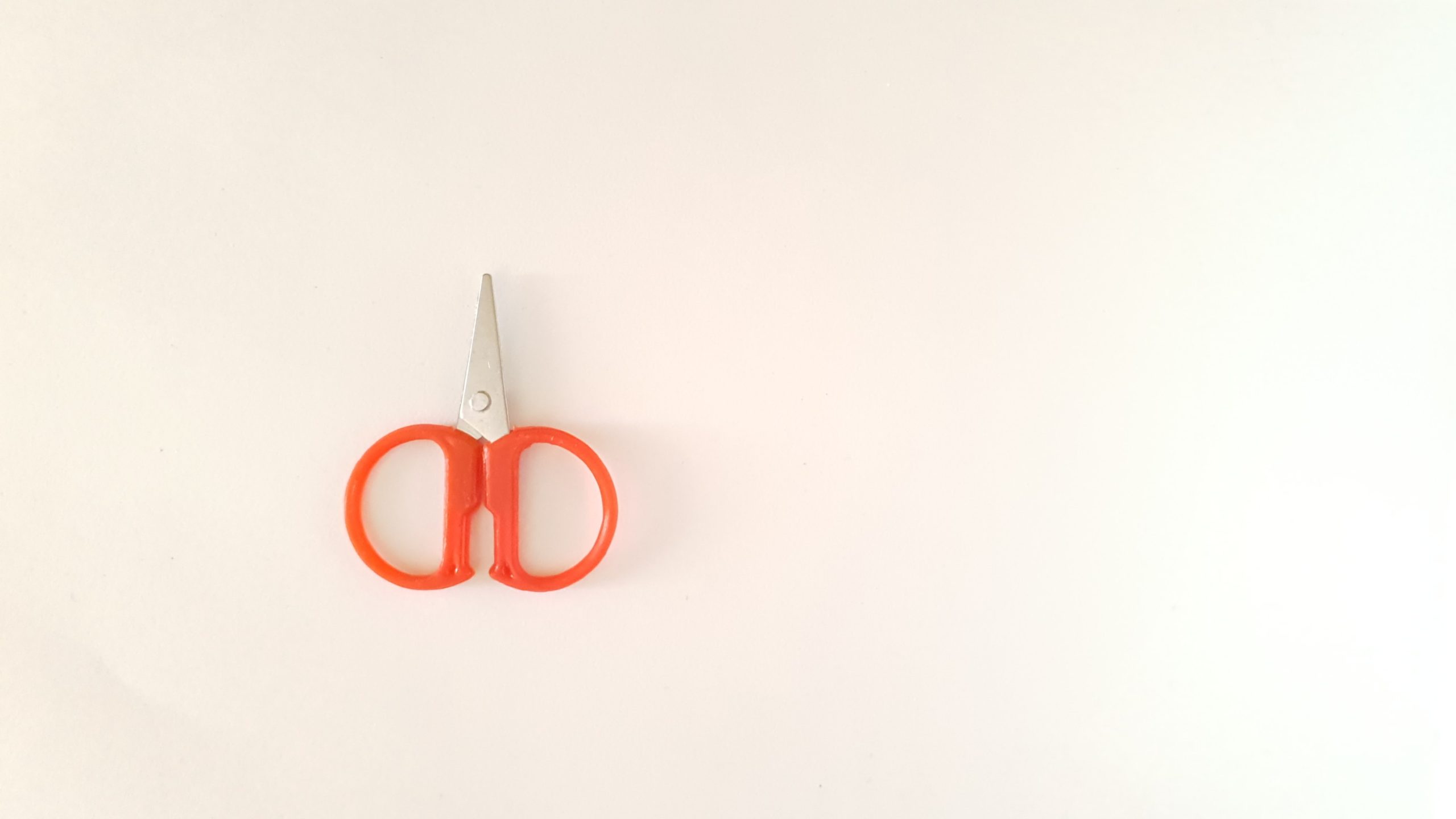Why You Should Cut Your Favorite Part
We’ve all been there. You had a moment of creative brilliance and came up with the perfect idea.
It was funny, clever, and fit the brand like a glove.
Co-workers probably gave you a pat on the back for coming up with something so original. But as the project moved forward, the overall vision shifted, and the theme took a slightly different direction.
By the end, you now have the realization that your idea is no longer a perfect fit. In fact, there could be an argument that it doesn’t fit the brand at all.
This situation is a reoccurring nightmare for most creative people. Thinking about cutting the idea is painful and difficult because it was your contribution to the project. Furthermore, it feels like it represents your value as a creative person. Then the most dreaded thought arrives:
“If my best idea can’t make the final project, then what do I have to offer?” Which usually ends with, “Maybe I just won’t share my creative ideas from now on.”

The Hardest Part of the Creative Process
This is undoubtedly a depressing chain of events when you end on that negative thought. Choosing what you do next is what makes all the difference. It’s not just important for people in creative careers, but for everyone.
I learned this lesson early on in a high school writing class. My teacher said, “Don’t be afraid to kill your children.” It was a shocking and memorable statement (required to get high school students to pay attention). She explained that early in the writing process, you will come up with ideas and concepts that you really like. As you continue to pour over and build out these concepts, you will become deeply attached as if they were your own children.
As the writing process continues, several of these ideas won’t make it to the final version. If you can’t learn to bite the bullet and cut out your favorite parts, then your writing will never make it to the next level. Readers can tell when the writing is cluttered. It’s the author’s job to chuck out the sentimental junk and clean up the writing for a polished final product.
We all know the life application of this writing lesson: Learn to let go. But does simply learning to let go prevent us from reaching that negative ending in the first situation? Not quite. There is another step that helps get past that depressing feeling every time an idea doesn’t pan out. It all comes down to the choice you make once you reach that point.
Will you choose to never share ideas again? Or keep pressing forward with your creative thinking?
Fixing Your Mindset
Here is what I had to learn in order to make the right choice every time my ideas didn’t make the cut.
- My contribution was not wasted. “I shouldn’t have said anything in the first place,” is a destructive and false statement. Although my concept didn’t make it through all the revisions, it was a catalyst in getting us there. Without my idea in the mix, the creative process would have taken a different route. Imagine your company is working on a new recipe. Your idea was to add Sriracha. Everyone loves the direction of making it spicy, but in the end it became a Cajun dish. Without your idea, we would have never arrived where we did.
- There is an infinite number of ways to tell a story. Sometimes, I feel like my idea is absolutely vital to the message we are trying to send, and cutting it feels like it’s taking away too much from the overall vision. In these moments, I find the answer outside the box. I have to push myself to dig deeper into creative storytelling. It might feel impossible to cut the idea and still send the message, but I can guarantee you there is an alternative option out there.
- If I’m not afraid of my ideas getting cut, then I have nothing to lose. If you are afraid of being judged for your ideas, or afraid they won’t work out, you will hold back and only share the best few. Once I learned to not take my contributions so personally, it opened the doors for me to pour out new ideas. I refer to them as An Idea, not My Idea. Additionally, I approach brainstorming by sharing both strong and weak ideas. The weak ideas are still valuable because they might spark a new idea for someone else. Also, the more ideas that fail help me learn how to come up with the good ones.
Cutting the Idea
So, now you’re ready to cut an idea if it doesn’t fit. But what if everyone on the team loves it, but the client doesn’t?
We faced this exact situation with one of our first clients. We had an amazing joke in the script. It made us laugh every time we read the script and it even helped us get the client in the first place. The joke played a big part in showing that we understood the vision they had for the project.
Now let’s jump forward a few months to when we reviewed the final product with the client. They became concerned the joke might not click with their customers. It was a hard cut to make. The joke added to the overall tone, the timing, and cutting it forced us to cut another similar joke elsewhere in the script. But the truth is, it was the right call. It may not be as funny as we originally planned, but the customers loved it and so did we.
With all that said, a creative idea is always worth sharing.
Not all of them will make it to the final round, but each will have played a small role in getting there. Furthermore, don’t be afraid to say goodbye to your ideas. “But that’s my idea,” is an easy red flag to help you identify if you’re too attached to let it go. Lastly, (and this is the part that relates to everybody), don’t let one bad idea stop you from thinking creatively in the future.

The You Betcha Blog is all about stories. What makes them effective? How do we measure their impact? What can we do to start telling them better?

